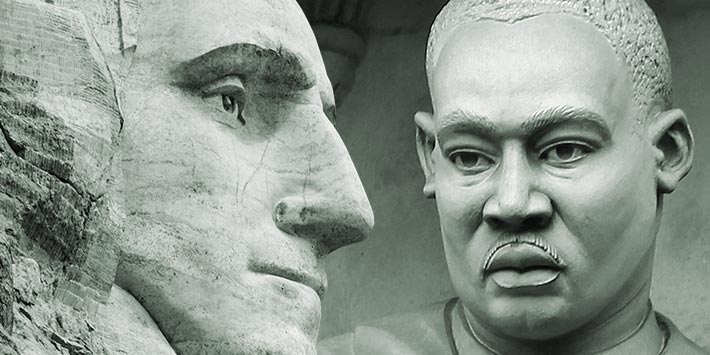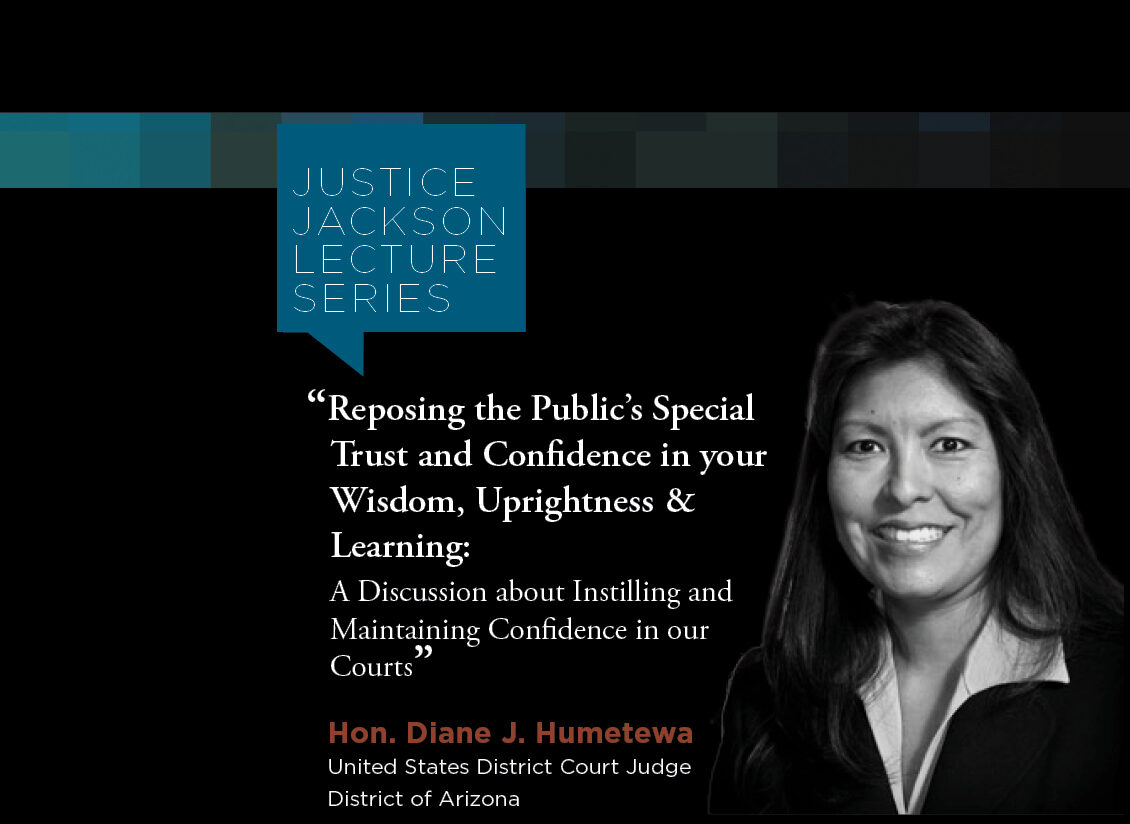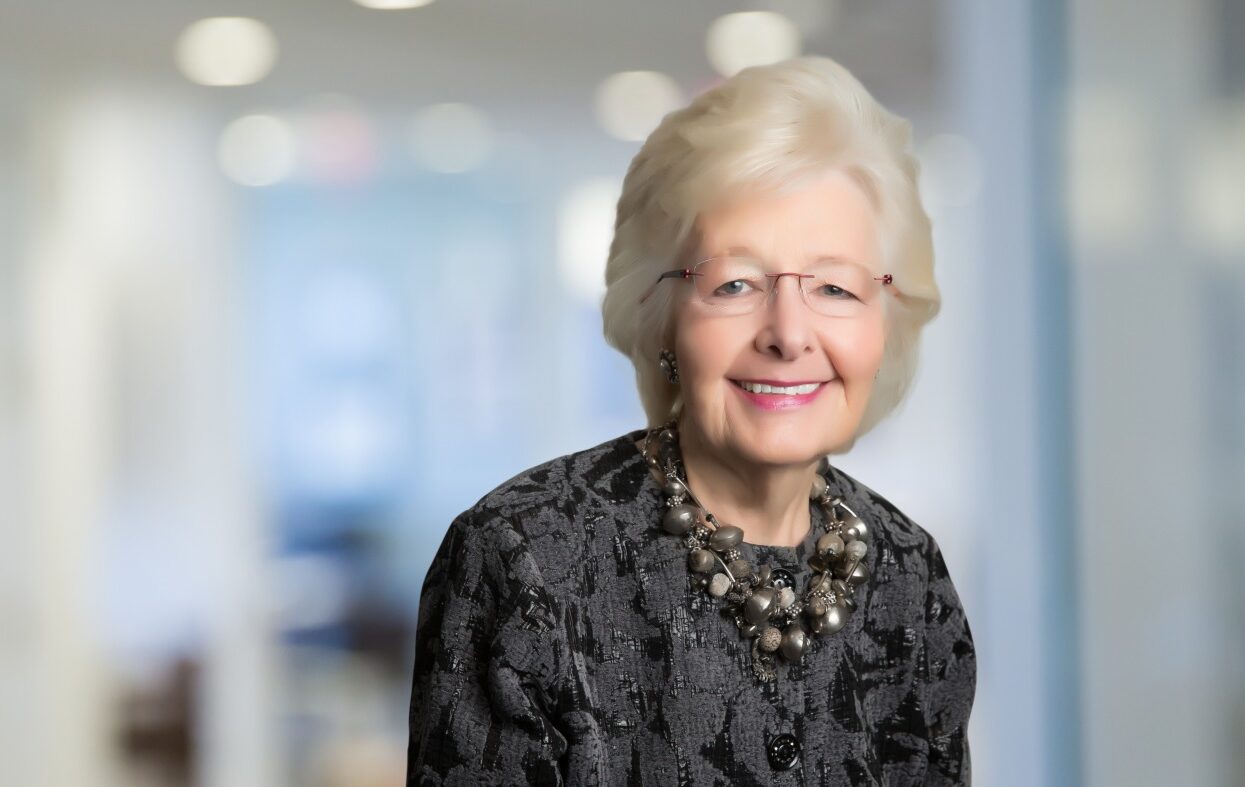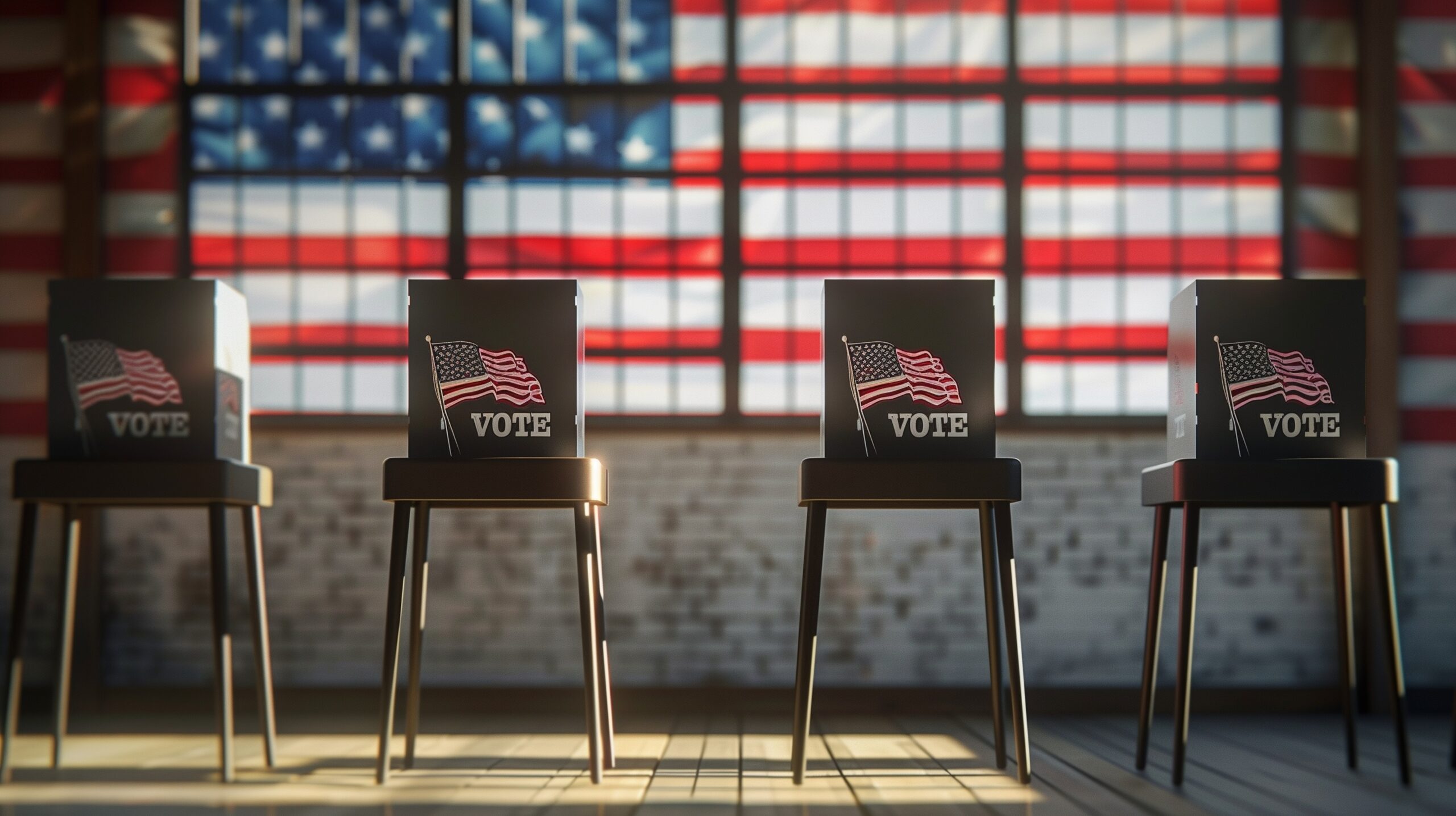
Dr. Yvonne Stedham
In the U.S., we just celebrated Presidents’ Day and Martin Luther King’s birthday last month. We will celebrate many more individuals throughout the year with special recognition and events. Who are these celebrated individuals? Why are they so important to our society?
These extraordinary individuals had a tremendous impact on how we live today, on how our society functions, on what values we hold. They were the leaders who “made a difference,” who created long-lasting change that improved our quality of life in some way.
Many of the celebrated leaders did not operate from a position of power and authority but rather were able to create change through sharing their vision in a way that motivated people to become part of that vision and to make the vision a reality. They were Transformational Leaders!
Why the need for such leadership in the judiciary? The judiciary is one of the three pillars of a democracy. Just taking a brief look at our global environment, it becomes clear that many of the new democracies around the world are struggling because of weak and ineffective judiciaries. Maintaining an effective judicial system is critical to the success of a democratic society. Judicial Leaders are those individuals who realize that the judiciary is embedded in a social, political, economic, and technological context that is dynamic and constantly changing. To stay effective and fulfill its critical purpose, the judiciary has to continuously change and adapt as well.
How will such change happen? Individual members, judges, court administrators, and staff, will make the required change happen. The continuous process of change begins with becoming aware of the need for change. Any member in a court might become aware of a specific process, structure, or policy that might need to be modified to be aligned with the changing context. A Leader is the person who identifies the need for change and takes the steps needed to initiate change. That might involve identifying the important stakeholders and involving them in the change process. That might involve determining possible solutions and the required resources to make the change happen. And, most importantly, Leaders inspire others to see the need for change and to participate in finding a solution and implementing it.
Comparing today’s American Judicial System to that from even just fifteen or twenty years ago shows clearly how much change has happened. For instance, many courts implemented electronic filing systems which reduce the time required for filing cases and motions, eliminate mailing costs, decrease storage needs, and allow for immediate access to files by multiple users. Similarly, many judges now use tablets for signing and sending orders which increases judicial productivity and efficiency. It also assists law enforcement with faster turn-around on warrants that assist in public safety. Many courts have changed their docket management strategies moving away from “cattle calls” to individual scheduling of cases which saves time for attorneys and their clients. Finally, due to dramatic increases in self-represented litigants, courts have improved processes to assist these litigants in accessing the judicial system.
In all of the examples cited above, individuals in the system saw the need for change and were able to inspire others to follow them in finding and implementing solutions. The results are an effective alignment between what courts do and what society needs courts to do. These individuals are the Judicial Transformational Leaders!
Hone your skills at Leadership for Judges, a new workshop at the NJC, held August 31 – September 3, 2015 in Reno, NV.

Hon. Diane J. Humetewa, the first Native American woman and the first enrolled tribal member to serve as a ...

Retired Massachusetts Chief Justice Margaret H. Marshall has been selected as the 2024 winner of the presti...

Dear Gaveliers Fans: I am delighted to announce the appointment of our first Gaveliers coaches, profiled...

Fans, I could not be more proud of the work our players put in over the summer. The difference between h...

As the 2024 Election moves in to its final weeks, just over half of trial judges who responded to a survey ...